FREE JEWELRY CASE ON ORDERS $300+ | USE CODE: TREAT
VIEW MORE MENU
CURRENCY
Named by  as America's best customer service 2025 | 5 Years in a Row
as America's best customer service 2025 | 5 Years in a Row
 as America's best customer service 2025 | 5 Years in a Row
as America's best customer service 2025 | 5 Years in a Row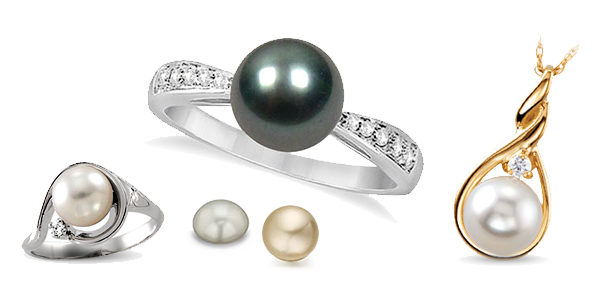
At Allurez we focus on five distinct pearl types including Akoya, Freshwater, Tahitian, Mabe and South Sea pearls.
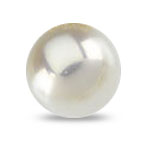
Thanks in part to the perfection of their round shape and reflective characteristics, Akoya pearls are the ‘classic’ pearl. Akoya pearl culturing begins with the implantation of a polished mother-of-pearl bead. Over a period of months, the mollusk creates nacre around this irritant forming a pearl which is harvested and eventually used in jewelry, art, and other finished goods. Akoya pearls are usually a classic white pearl with rose, cream or silver overtones. Over the last 10 years, black dyed Akoya pearls have become increasingly popular, creating a unique exotic look.
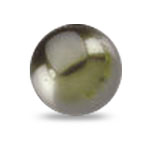
Freshwater pearls are created by inserting an irritant of mantle tissue taken from a host oyster (mollusk). The pearl producing mollusk is placed into a freshwater environment where it is nurtured for upwards of six years before being harvested.
The luster and round shape of the Freshwater pearl dulls in comparison to that of an Akoya pearl. But a Freshwater pearl is not without its advantages including its natural colors of peach, lavender, white and pink, as well as the variety of shapes created. In addition, since Freshwater pearls are abundant, they are both an affordable and beautiful alternative to the beloved Akoya pearl.
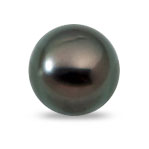
Thanks to the rather odd-looking and super large size of the “black-lipped” oyster (up to 1 ft. long); the Tahitian pearls they produce are among the world’s largest. In addition the colors of the pearls harvested from this particular oyster are lush and beautiful, bearing pearl gifts in an array of dark colors including charcoal, gray, and silver. Tahitian pearls are among the most sought-after pearls available today and due to the high mortality rate of the host oyster and their rarity, along with the resulting pearls large size and high quality; Tahitian pearls often command a high market price. Tahitian pearls are considered by many to be the rarest gems on earth.
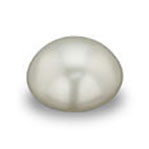
Mabe pearls are quite unique, even from their very beginnings. Their distinctiveness begins at the growing process where the pearls are grown on the inside shell of the mollusk instead of inside the body. Mabe pearls are created by gluing a plastic hemisphere onto the inside of the shell. When a sufficient amount of nacre covers the intrusive hemisphere, the pearl is cut away from the inner shell, where the bead is removed. This process causes Mabe pearls to have a flat side, leading to its nicknames of “half pearls” and “blister pearls.”
Mabe pearls feature a number of amazing colors that range from light pinks to bluish shades. The hues of Mabe pearls are best described as brilliant and rainbow-like. Although the value of one Mabe pearl over another has a lot to do with its color, they are less valuable than other pearls because of their flat side which limit their use.
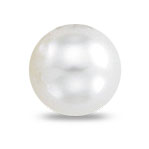
The South Sea Pearl is known as the "Queen" of the Sea thanks to its grand size. Grown in the Pinctada maxima mollusk, South Sea pearls are generally cultured in Myanmar, Indonesia and Australia. These cherished pearls are much larger than most and are admired for their golden and white colors, along with an appearance and luster not shared with other pearl type. They are highly coveted for their very thick nacre (2-6mm), satin luster, large size and rarity, making them very valuable.